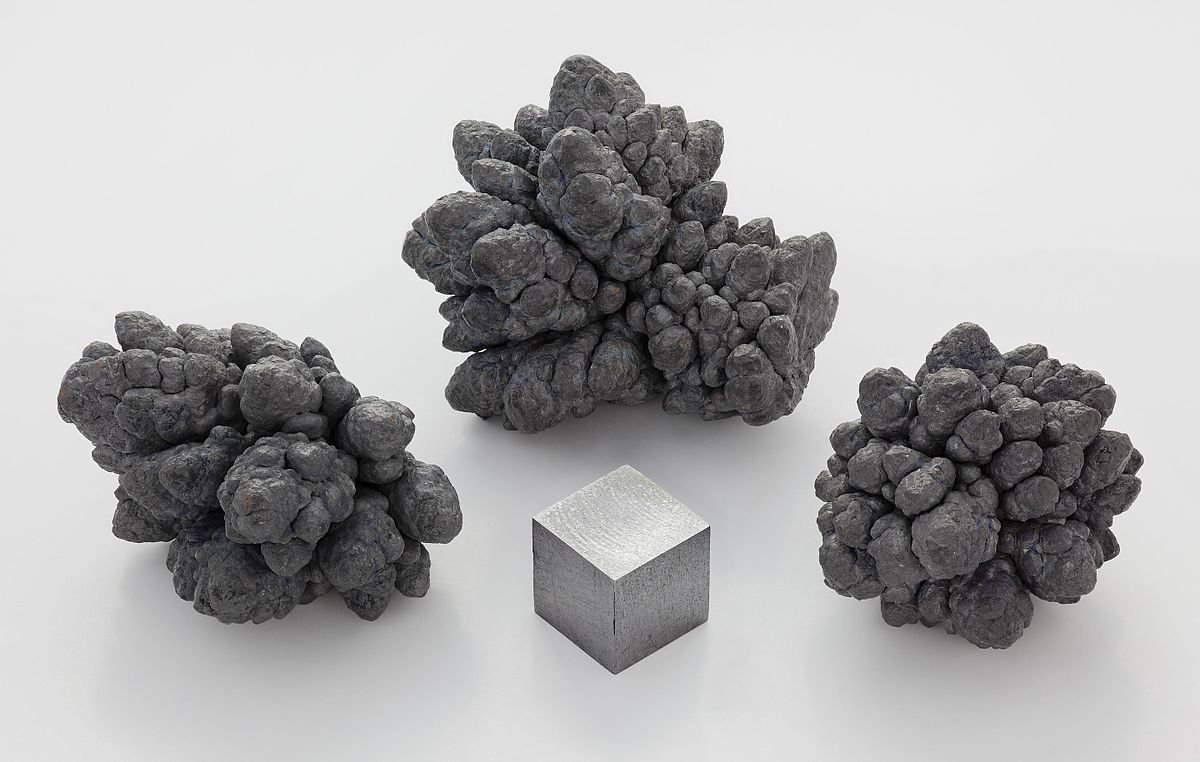What Is Lead?
Lead is a chemical element with the symbol Pb and atomic number 82. It is a heavy, bluish-gray metal that is highly toxic to living organisms. Lead has been used by humans for thousands of years, primarily in the form of lead compounds such as lead oxide, lead sulfide, and lead carbonate.
What Is The Atomic Structure Of Lead?
The nucleus of a lead atom consists of 82 protons and 126 neutrons, arranged in a spherical shape. The protons and neutrons are surrounded by a cloud of 82 electrons, which are arranged in shells around the nucleus. The outermost shell can hold up to 14 electrons, and in lead, it contains eight electrons.
What Are The Physical Properties If Lead?
Lead is a dense, malleable, and ductile metal with a low melting point (327.5 °C) and a high boiling point (1749 °C). It is a good conductor of electricity and heat, and it has a low melting and boiling point, which makes it easy to shape and work with. Lead is also resistant to corrosion and is not affected by acids or alkalis, which makes it useful in a variety of applications.
What Are The Chemical Properties Of Lead?
Lead is a relatively unreactive element, and it does not easily form compounds with other elements. However, it can react with halogens, such as chlorine and fluorine, to form lead halides, such as lead chloride and lead fluoride. It can also react with sulfur and oxygen to form lead sulfate and lead oxide, respectively.
What Can Lead Be Used For?
Lead has a number of important uses, both historical and contemporary. Historically, it has been used in the production of pipes. Overall, lead can be helpful and harmful.











